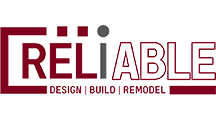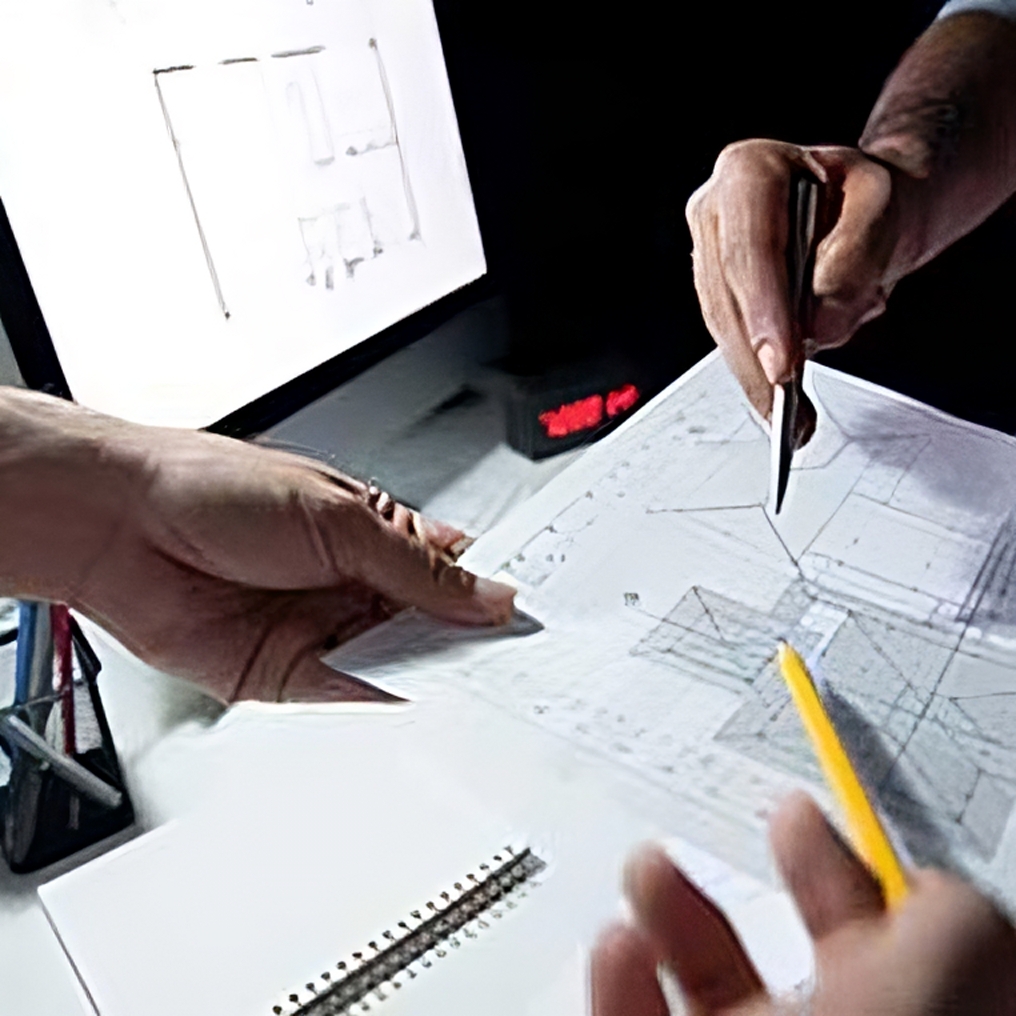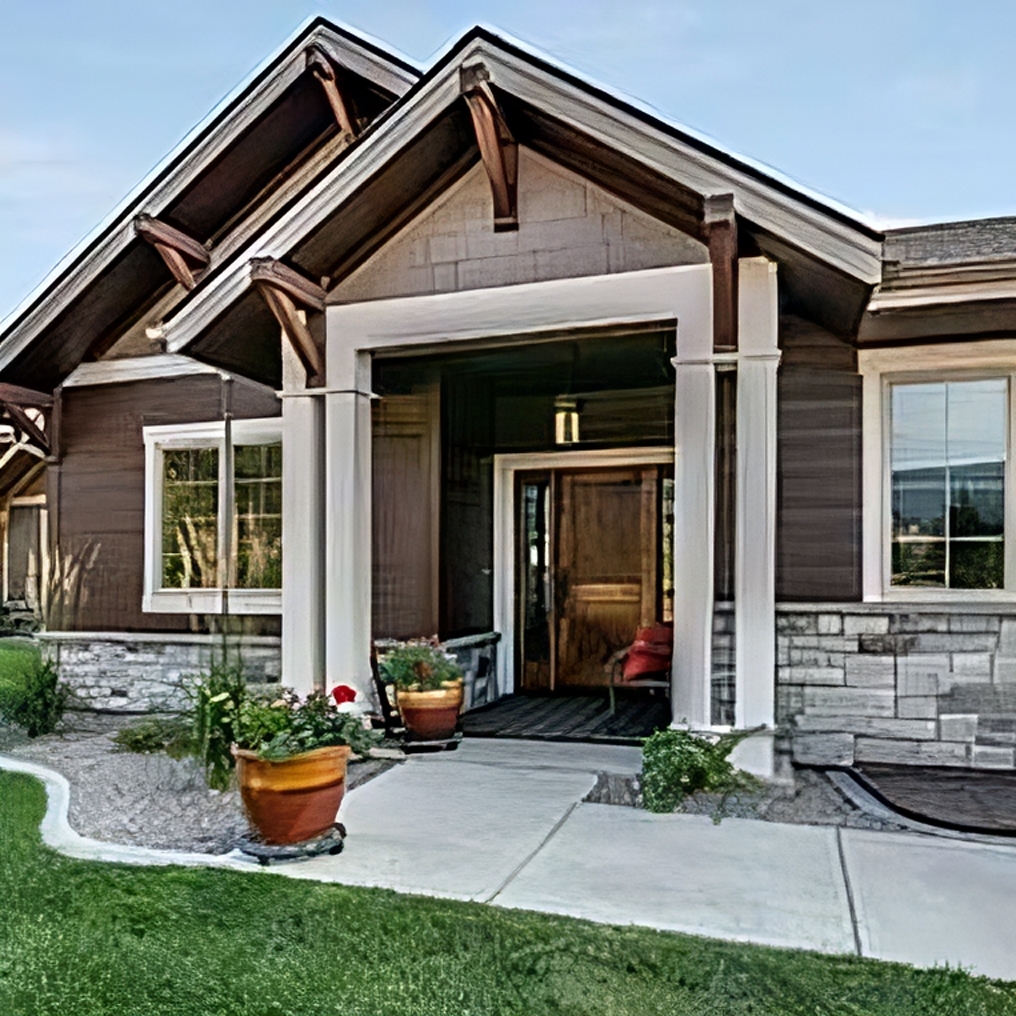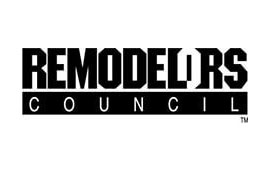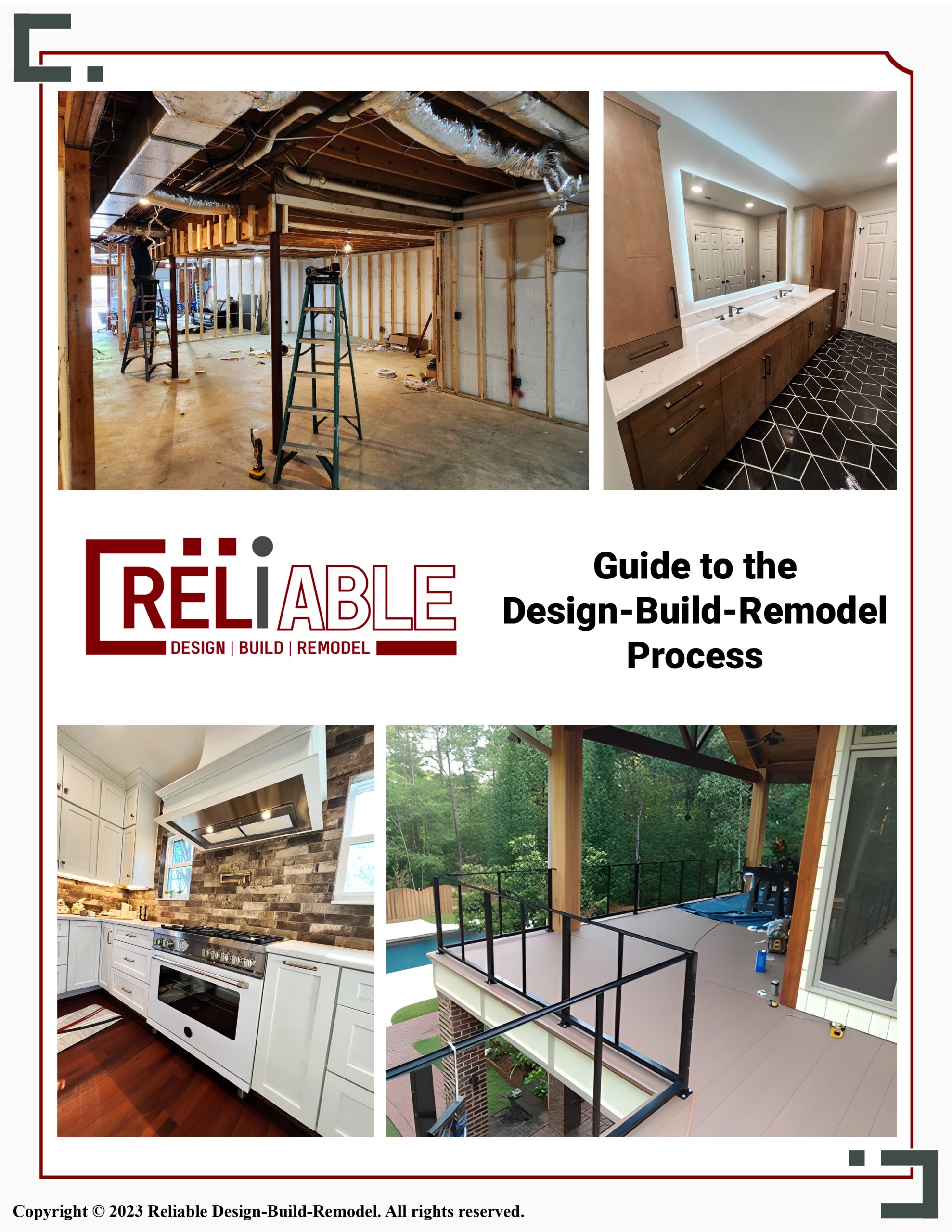At Reliable Design-Build-Remodel, we know that structural damage to a home is a serious concern for homeowners and prospective buyers. Whether you’re dealing with foundation issues, cracked walls, or sagging floors, it’s essential to understand the causes, solutions, and financial implications of these problems. In this blog, we’ll address some of the most common questions regarding structural damage to a house and provide expert insight into how to navigate these challenges.
Can Structural Damage to a House Be Fixed?
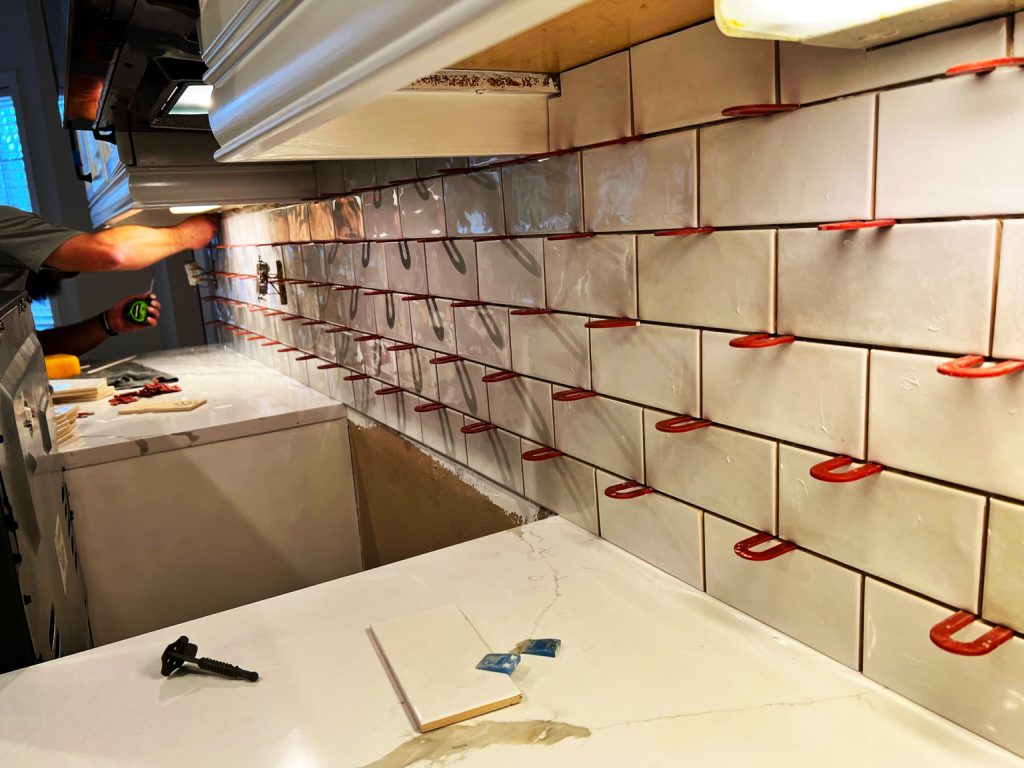
Yes, structural damage to a house can often be fixed, but the extent of the repairs depends on the severity of the issue. Minor structural concerns, such as small foundation cracks or misaligned doors, may require relatively simple solutions like reinforcement or sealing. However, more significant damage, such as severe foundation shifts, rotting support beams, or compromised load-bearing walls, requires professional intervention. In many cases, foundation repair companies use advanced techniques like piering, underpinning, and wall stabilization to restore a home’s structural integrity. The key to successfully addressing structural damage is early detection and timely repairs before the problem worsens.
Is It Worth Buying a House With Structural Damage?
Purchasing a house with structural damage can be a risky investment, but it ultimately depends on the extent of the damage and the cost of repairs. If the issue is minor and can be fixed affordably, the home may still be a good purchase—especially if the price is adjusted accordingly. However, significant structural problems could lead to high repair costs and ongoing maintenance concerns. Before buying a home with known structural issues, it’s crucial to have a licensed structural engineer or contractor assess the damage. Their evaluation will help determine whether the repairs are manageable and if the investment makes financial sense. Additionally, some lenders may be hesitant to finance a home with unresolved structural issues, so consider financing options before moving forward with the purchase.
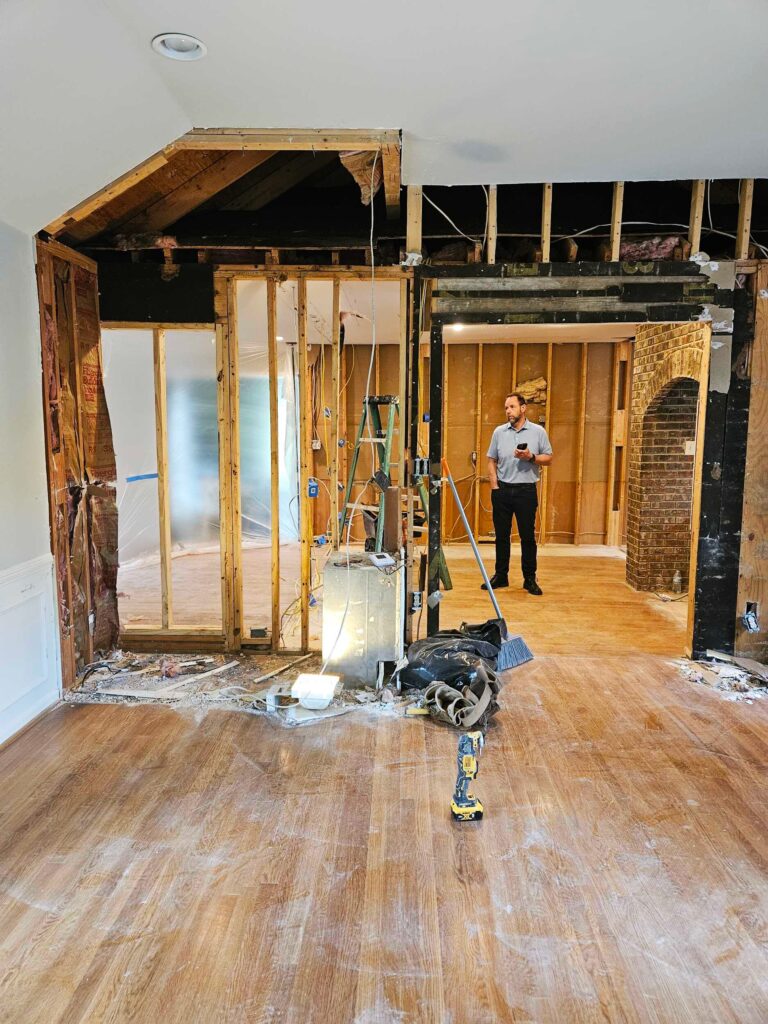
Is Structural Damage Expensive to Fix?
The cost of repairing structural damage varies widely based on the severity of the problem. Minor foundation cracks or small repairs may cost a few thousand dollars, while major structural damage requiring extensive foundation work, beam replacement, or wall reinforcement can range from $50,000 to $20,000 or more. The materials, labor, and engineering expertise required for a repair all factor into the overall cost. Additionally, delaying repairs can lead to further deterioration and higher expenses down the line. That’s why we always recommend addressing structural concerns as soon as they arise to prevent more costly and complex problems in the future.
What Does Structural Damage Look Like on a House?
Structural damage can present itself in many ways, and recognizing the early signs can help homeowners take action before the damage becomes severe. Some of the most common indicators include large cracks in walls or ceilings, doors and windows that no longer close properly, uneven or sloping floors, bowing or leaning walls, and visible gaps between walls and ceilings. Exterior signs may include cracks in the foundation, separating bricks or siding, and sinking or shifting concrete slabs. If you notice any of these warning signs, it’s important to have a professional inspect the home to determine the underlying cause and recommend appropriate repairs.
Will Homeowners Insurance Cover Structural Problems?
Homeowners insurance may or may not cover structural damage, depending on the cause of the issue. If the damage is due to a sudden, unexpected event—such as a storm, fire, or water damage from burst pipes—insurance is more likely to provide coverage. However, structural problems caused by gradual wear and tear, poor maintenance, or foundation settling are typically not covered. It’s important to review your homeowners insurance policy and consult with your provider to understand what is and isn’t included in your coverage. If your policy does not cover structural damage, consider purchasing additional coverage or setting aside funds for potential repairs.
Can You Live in a House With Structural Issues?
Whether you can safely live in a house with structural issues depends on the severity of the damage. Minor structural problems, such as small cracks or slightly uneven floors, may not pose an immediate risk and can often be addressed over time. However, significant structural damage—such as a severely compromised foundation, sagging roof, or unstable walls—can make a home unsafe to inhabit. In extreme cases, structural failures can lead to partial or complete collapses, posing serious risks to occupants. If you suspect your home has major structural issues, it’s best to have a professional evaluation done as soon as possible to determine whether it’s safe to remain in the house while repairs are completed.

Structural damage to a house is a serious issue that requires prompt attention. While many structural problems can be repaired, the cost and complexity of the fix depend on the severity of the damage. If you’re considering buying a home with structural issues, be sure to have a thorough inspection and budget accordingly for repairs. Homeowners should also be proactive in recognizing signs of structural damage and addressing them early to prevent costly repairs.
Reliable Design-Build-Remodel is a full service general construction firm and remodeling contractor operating in the Birmingham metro and Jefferson and Shelby County areas and surrounding communities, including Birmingham, Helena, Chelsea, Mountain Brook, Hoover, Homewood, Montevallo, Alabaster, Vestavia Hills, and Pelham, with over 30 years of servicing our valued clients. Offering full service suite of general remodeling, design and build services. Our specialties include bathroom remodeling, kitchen remodeling, exterior renovations, interior renovations, painting, and more!
Visit us at reliablerem.com, and like and follow us on Facebook and Instagram!
